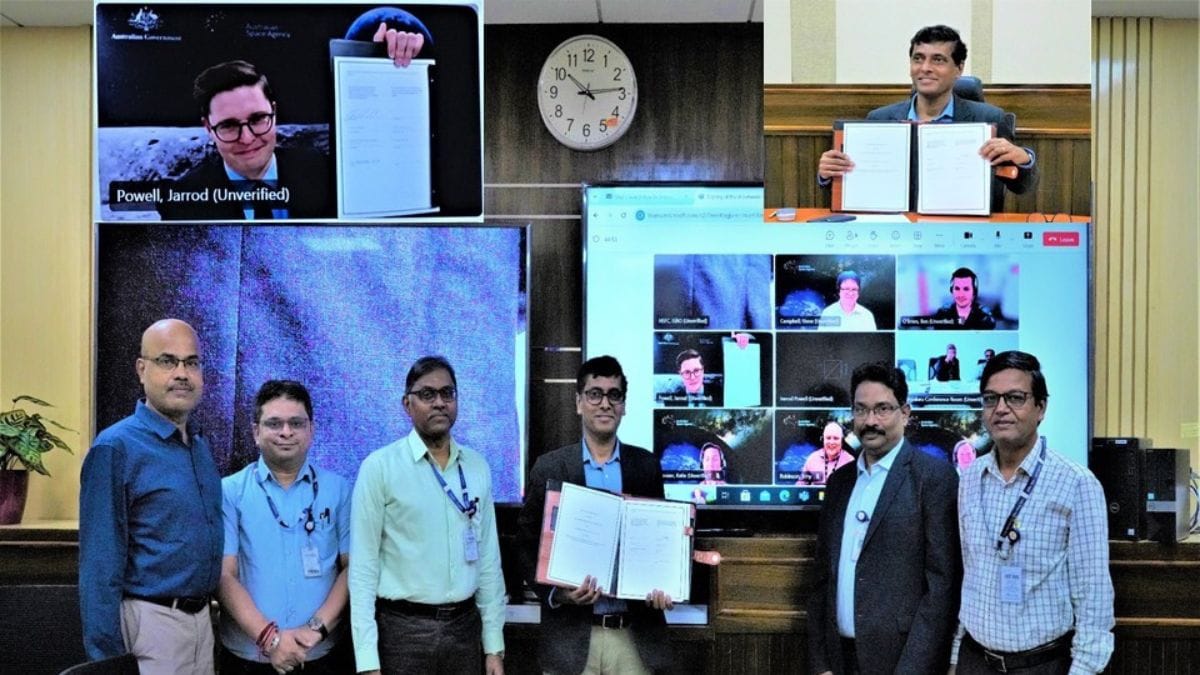The Indian Space Research Organization (ISRO) has formalized an Implementation Agreement (IA) with the Australian Space Agency (ASA) to enhance cooperative efforts in the field of space exploration. This agreement, which was signed last week, focuses on collaborative measures for crew and module recovery under India's Gaganyaan mission, a key project in India's human spaceflight programme. The agreement was signed by DK Singh, Director of ISRO's Human Space Flight Center (HSFC), and Jarrod Powell, General Manager of ASA's Space Capability Branch, at separate ceremonies in Bengaluru and Canberra.
Scope of Collaboration
The partnership will see Australian authorities working with their Indian counterparts to develop robust support mechanisms for crew and module recovery, ISRO stated in a press releaseSpecific provisions have been made to address contingencies during the mission's ascent phase, especially in scenarios where recovery operations might be required near Australian waters. This collaboration is expected to bolster the operational safety of the Gaganyaan programme, which aims to send a crewed spacecraft into Low Earth Orbit.
Objectives of the Gaganyaan Mission
ISRO's Gaganyaan project seeks to demonstrate India's capability to conduct human space missions by deploying an Indian crew module capable of carrying up to three astronauts. The spacecraft is designed to operate in orbit for up to three days, followed by a safe recovery of the crew module. This initiative represents a significant milestone in India's expanding space ambitions.
Strategic Partnership Between Nations
India and Australia are recognized as long-standing strategic partners, with this agreement marking another step in their collaborative efforts. Both nations have pledged to explore further opportunities for cooperation in space technology and related domains. The partnership reflects a shared commitment to advancing scientific and technological progress in the field of space exploration.
This agreement underscores the importance of international collaboration in addressing the challenges of human spaceflight and highlights the mutual benefits of such alliances.


